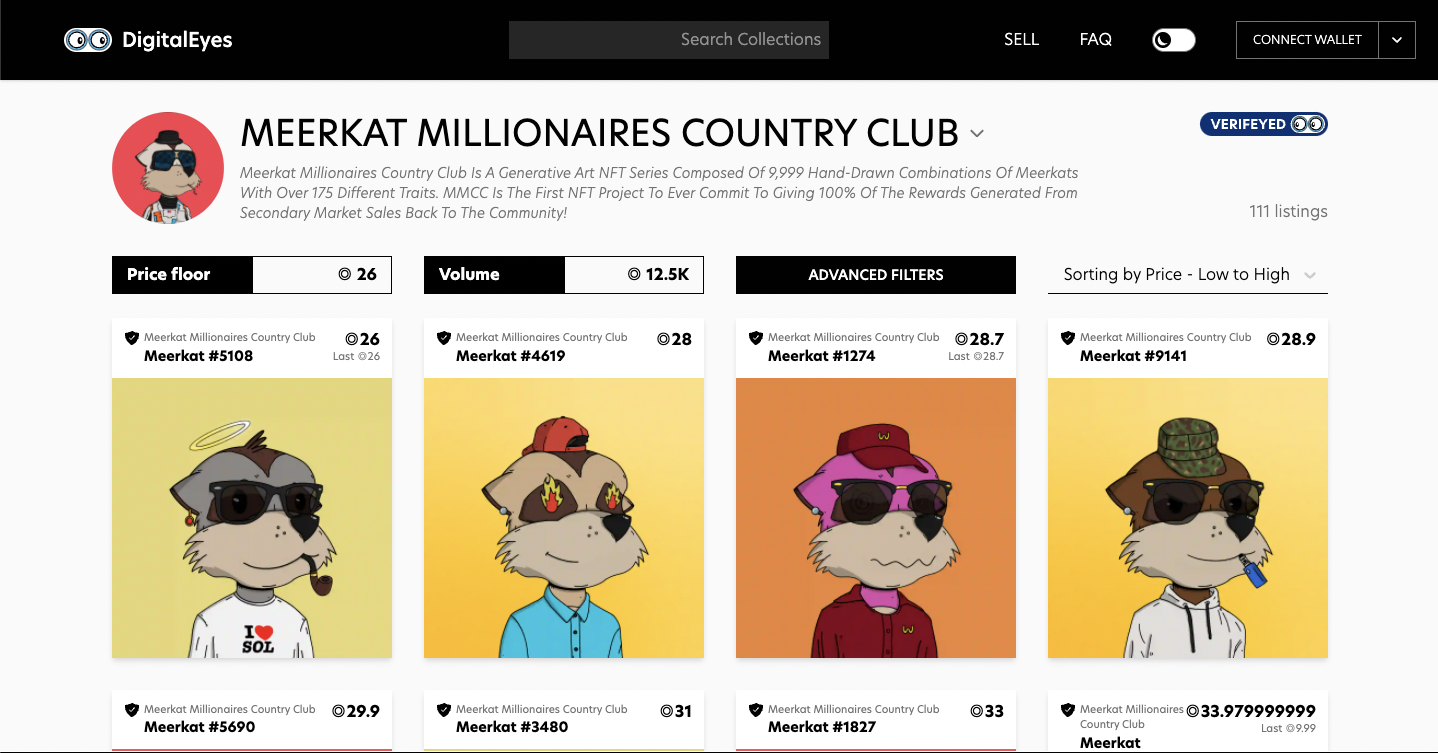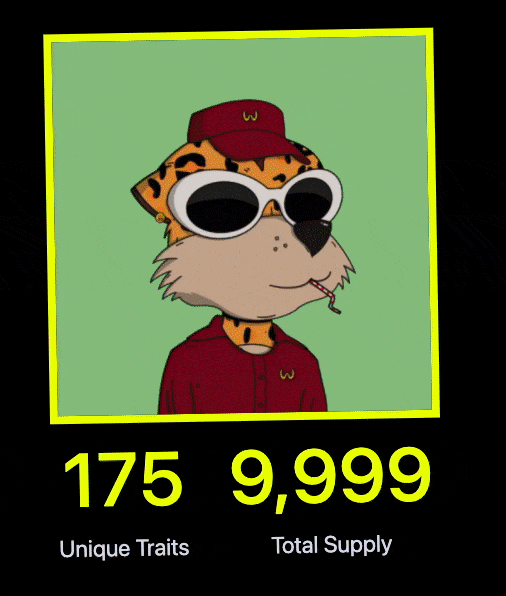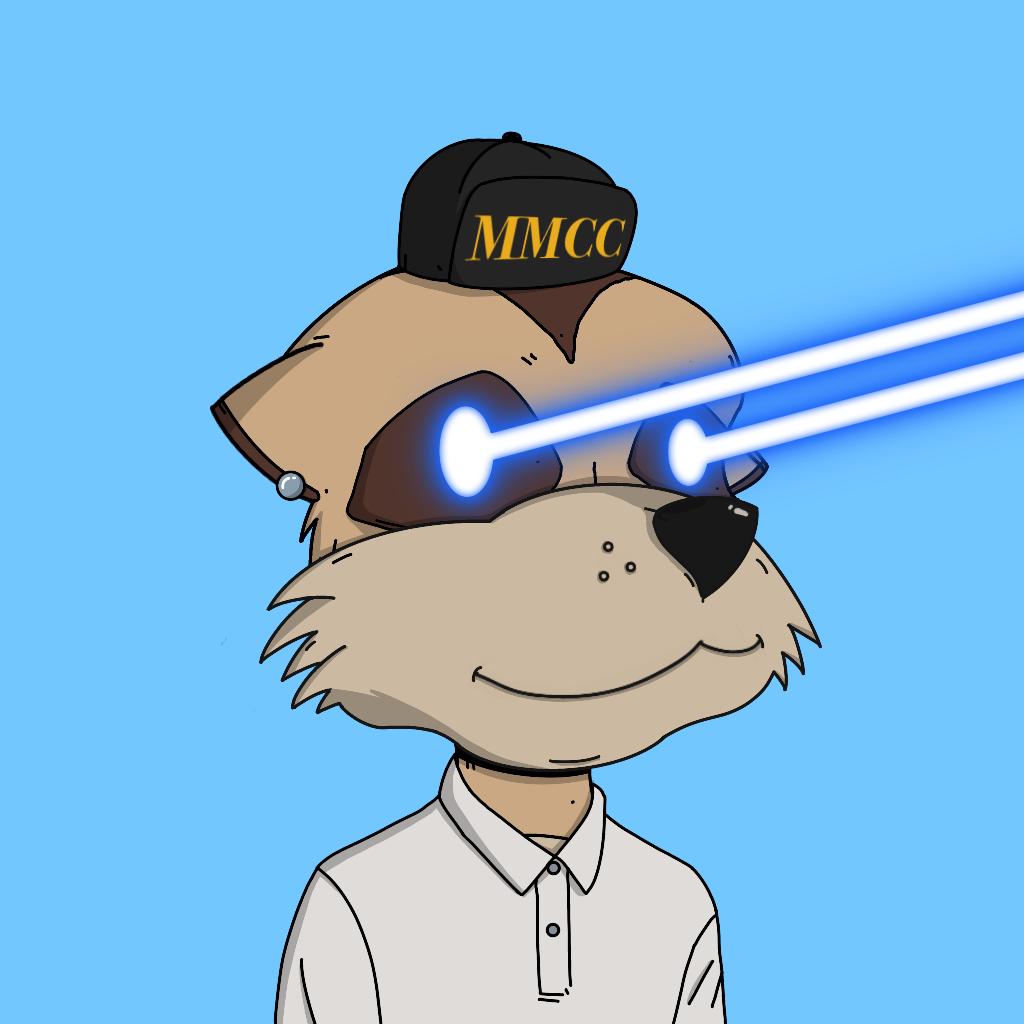It's pretty hard to miss the news on NFTs these days. They are a polarizing trend. Every day, it seems like there is an article of someone spending 2 million dollars on a pixelated monkey with a crown.
Knowing so little about them, I had a million questions. Are they a scam? Are people seriously paying that much money for some pixelated art? Can't you just right-click and Save As? What about the environmental impact?
It seems like half my Twitter timeline is "NFTs are the future," and the other half is "NFTs are a scam." Honestly, I didn't know what to think.
Environmental cost
I care a lot about the environment. At first, I thought all crypto transactions were killing the planet, so I stayed out of them entirely. But then I read about some of the newer currencies like Solana and saw they use a super-efficient Proof of History model.
Ethereum is also migrating
It's worth noting that the most popular NFT currency, Ethereum, is supposed to move away from Proof of Work by the end of the year. Some people are skeptical this will happen, but that would be a huge win if it does! Until then, I'm not going to be messing around with any Ethereum NFTs. Back to the article!
Ok, if it's not harming the planet, I can at least check it out!
It's not about the art
One of the first things I learned was that it isn't about the artwork at the end of the day. It's a lot more like buying Pokemon / Magic the gathering cards than purchasing art.
If you were ever into playing card games, you're probably familiar with booster packs. You can spend $5 on a sealed foil pack of 15-30 cards. The cards are random, but there are usually some guarantees. For example, some will say you get "at least" one rare in each pack.
So you spend the $5 and excitedly open your pack! You pull out all the rares and look them up online to see if they are worth anything. It's a lot like gambling. But the cards have other uses, too, like adding to your playable collection or looking cool.
This is how NFTs work too. Before the launch, you get some data like:
- There will be 10,000 total.
- Each one will have a head, eyes, hat, shirt and background.
- You can see a chart listing the rarities of each trait. Like only 1 in 10,000 will generate a Darth Vader helmet.
- They will cost $100 to generate.
So, you pay $100 to generate an NFT randomly, and you hope it comes with some super rare traits so you can sell it back for a lot more!
minting vs. buying
There are so many new words to learn in the crypto space. One thing I did not understand was the difference between "minting" and "buying" NFTs. On the day an NFT launches, people race to "mint" or generate NFTs. Most launches will include a maximum number of NFTs that can be generated and often a maximum number of NFTs any wallet can generate. The minting process involves:
- Going to the website.
- Waiting for the countdown to finish.
- Generating as many NFTs as possible before they are all minted.
As soon as the minting process finishes, the secondary market begins! This is largely up to the NFT creators and can be a sticking point for bad launches. Essentially, the creators of the NFT need to go to the popular markets and verify the collection. You get a dedicated page for buying and selling NFTs from that collection as soon as this happens.

One thing that makes them cooler than playing cards is that they instantly turn into a secondary market. As soon as the 10,000 are generated, decentralized marketplaces like Digital Eyes and Solanart will verify the NFT collection, and you can list yours for any amount you want. They also track total sales and the fluctuating floor price. This is to say that even if you get an NFT with no rare traits, odds are you can sell it back for the amount it cost you to generate it.
Additional benefits
On top of the rarity and resale value, NFTs these days are focusing on adding value. For example, Meerkat Millionaires launched a set of NFTs where 100% of royalties go back to the original minters and people currently holding them. This means that if you mint one, you can collect monthly dividends based on how many sold that month forever.

Others have more artistic or fun benefits. I saw one where the 6 rarest NFT owners get their names in a book and another where you get to vote on a storyline for a game. Others still get some swag for rare NFTs.
Picking an NFT
There are a lot of NFTs launching. It's really tricky to find "good" ones. Some of the things to consider:
- How many total NFTs can be minted?
- Are there any additional benefits for minting?
- How popular does the launch seem to be? (Twitter followers, Discord users)
- Is it a scam? (More on this below)
- How much does it cost to mint?
In the end, I decided on the Meerkats because:
- @kng told me to, and she knows way more about this stuff than I do.
- They look super cute.
- Big following on social media.
- Low'ish cost to mint.
- People I trust were talking about them, so hopefully not a scam.
Scams galore
Ok, at this point, it probably sounds pretty awesome. There's potential to make big money; the environmental impact is tiny; in the worst case, you still probably make your initial money back; cute meerkats!
There are a lot of scams in the NFT launch market. While buying and selling on official sites like Solanart and Digital Eyes is entirely safe, the minting process can be dangerous.
Types of scams
There are two types of scams I've seen so far:
- There is no NFT. You visit a cool site, wait for the launch, you spend your $150, and nothing goes into your wallet.
- The art is not as advertised. Either you get a piece of art that looks nothing like you expected (with none of the rarity attributes).
- They are trying to deplete your wallet. Since these launches are so time-sensitive, people often connect their wallet to the site and turn on the setting to "auto-approve all transactions." Then they click the button to spend $150 on a token, and the website code tries to make dozens of $1,000 transactions and deplete your funds.
Unfortunately, there is no way to stay completely safe minting NFTs. There are, however, things you can do to significantly mitigate risk.
Make a burner wallet. Creating a wallet in an app like Phantom is as simple as two clicks! If the NFT you want to mint costs 1 Solana, make a burner account and transfer only 1.05 Solana into it (1 to mint and 0.05 to cover fees). This way, the worst that happens is you are out one coin.
Never click auto-approve. I know it sounds like it will save time but just don't click it. Try to mint the NFT, look at the request when it pops up and make sure it's for the amount you expect.
Be skeptical about launches. I try to look at who's following the Twitter account, if that company has done a launch before, etc. Is there anything tying them to the community?
Honestly, these scams seem like the #1 issue that needs to be fixed in the community. I'm sure there is some cool solution that doesn't involve some centralized authority running launches. It's tough to navigate because a well-funded and popular launch means it will be tough to mint one before they sell out, but otherwise, you risk a scam.
My experience
So I went with the Meerkats! I made a Phantom burner account and put just 1 Solana in there. I connected it to the website and made sure auto-approve was not selected. I waited for the timer to count down, and as soon as it did, I clicked mint! I got this awesome dude:

One weird thing about buying stuff with crypto is that not only can the value of the asset go up and down, but the dollar value of the currency can go up and down at the same time! So I minted my dude for 1 Solana, which at the time was worth $150.
They sold out instantly. The secondary markets were a bit slower to fill up than I expected. I held on to my lazer boi for a couple days, and when the floor (lowest token currently for sale) went to 22 Solana, I listed mine, and it sold! Not only did I spend 1 Solana and make 22, but Solana itself went up from $150 to $170 in that time. So I spent $150 and made about $3200 after all the fees and royalties.
Now the floor is up to 26 Solana, and I wish I held. Isn't that always the way?
That was a fun weekend.
Subscribe to my email list!
Let me be real with you. Sometimes when I'm bored I log in to Buttondown and look at the audience number. If it's bigger than it was the week before, well that makes me feel really happy! I promise I'll never spam you and I will, at most, send you a monthly update with what's happening on this site.
